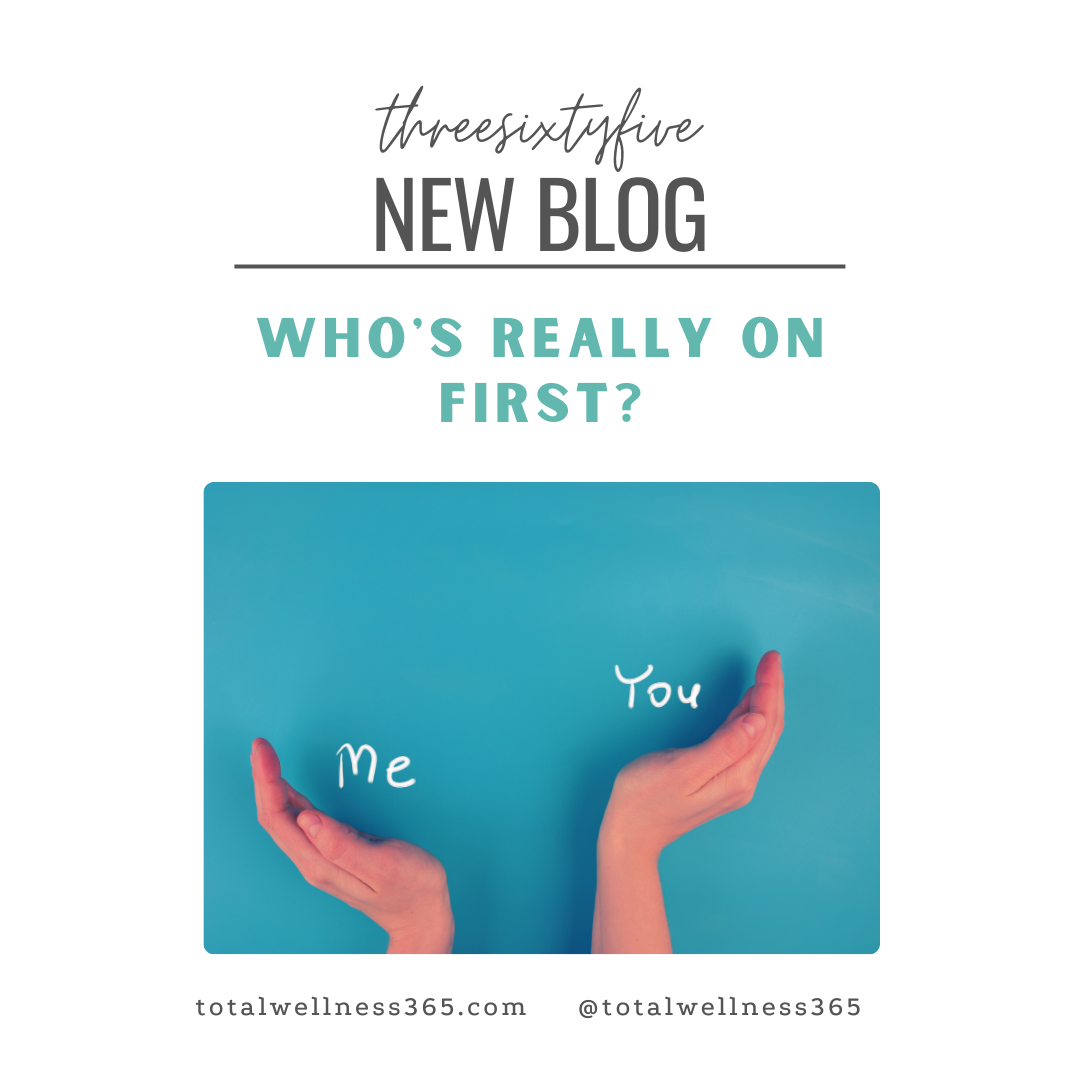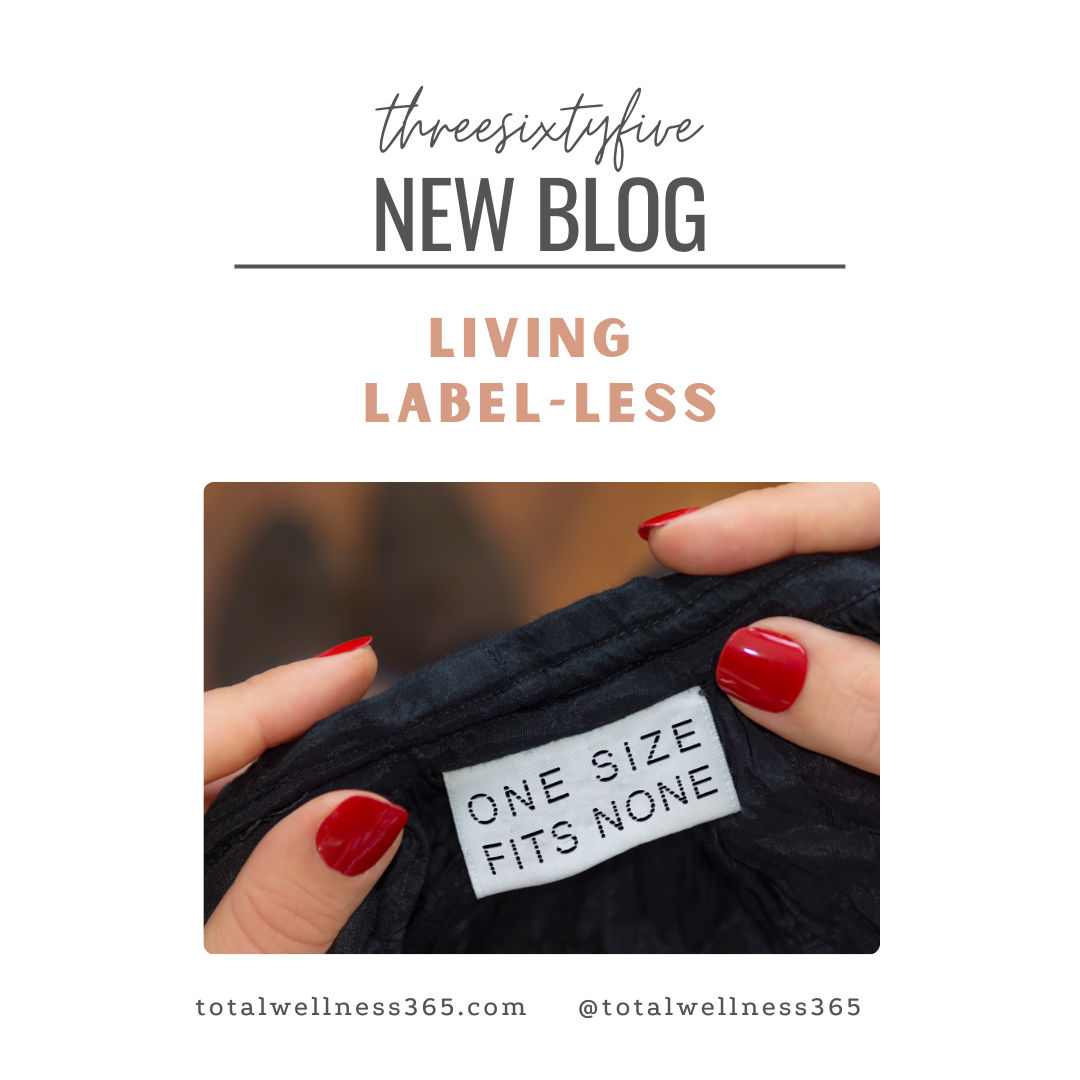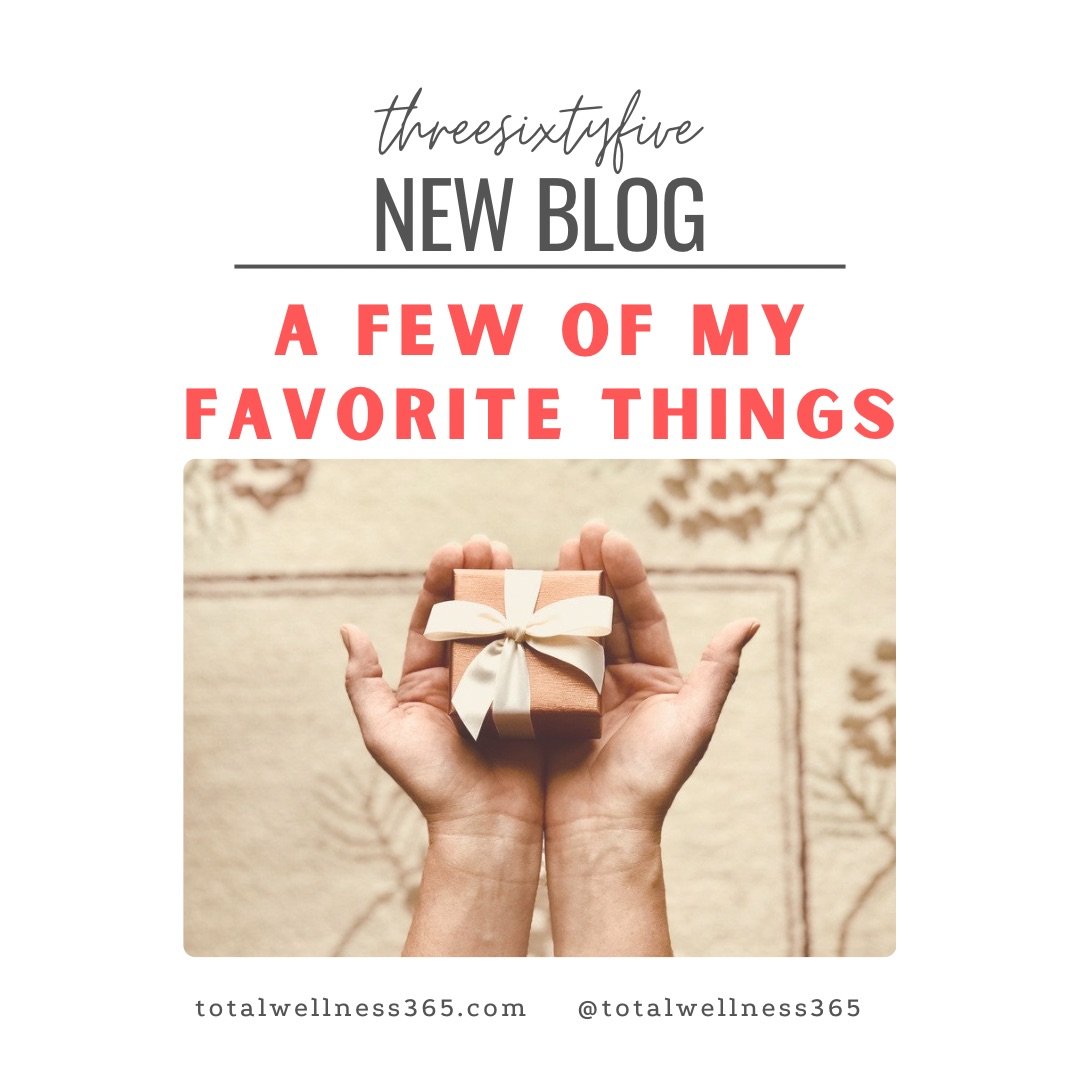When the systems collide it is an indication that you are ready for change. You are actively pulling out and examining those values you previously put aside so you could reap temporary pleasure.
Self Love: and what can get in the way
There are two initial responses when people hear the term self love. Either you’re in the “love thyself and self improvement” camp, or you’re in the “pleasure thyself and sex positive” camp. The truth is, you can pitch your tent in both camps because they are connected.
Attachment and the ANS
From an infancy we are developing our connection with ourselves and others. Through the works of John Bowlby and Mary Ainsworth we’ve learned about attachment theory. That the security and safety we felt as children contribute to the way in which we interact with the world around as adults. As children when we received comfort from a caregiver we felt secure and loved. When that comfort was absent or given inconsistently we tend to feel insecure in interpersonal connections and have greater difficulty in achieving feelings of safety. This fosters self reliance and dependence on self soothing behaviors, often in maladaptive or hurtful ways.
Pair this attachment style with our ANS (autonomic nervous system) functioning and we can find ourselves with relationship struggles, self doubt, or even a vacancy of love for self. The ANS is the part of our nervous system that helps us distinguish between safety and danger. According to the Polyvagal Theory (by Stephen Porges and Deb Dana) we can find ourselves in three stages of activation: ventral vagal (safety and connection with others), sympathetic state (flight or fight), and dorsal vagal (parasympathetic state or freeze). When we are more frequently in the sympathetic and parasympathetic (dorsal vagal) states, we are more concerned about self protection than about self love. Although maybe protecting oneself is a sign of love?
Overthinking it a little?
In her book, Self Compassion: The Proven Power of Being Kind to Yourself, Kristin Neff, PhD. describes the tendency to find fault, guilt or flaws in who we are (shame) and in our behaviors (guilt). This tendency is the antithesis of compassion and prevents us from finding forgiveness and the ability to love ourselves more generously and compassionately. In today’s society we are bombarded with the best versions of people; through social media, movies and magazines, and even when chatting within our friend groups. This breeds comparisons and, as the saying goes, can steal our joy. That is, if you believe there is joy to be had in the first place. Too often our inner self doubt and harsh self judgments show up in how we present to others. For example, making a disparaging statement about our performance in the work presentation because it’s better for us to dis ourselves first than to experience to sting of criticisms from others.
These constant negative thoughts, doubts, judgments, comparisons and critiques can keep us in our heads and not in our body. Even when we are feeling sexy or attractive or sensual, our negative self talk can ruin the mood. Getting out of our head and into our body can be extremely helpful. Practicing yoga, mindfulness, progressive muscle relaxation, or meditation are all techniques that move our awareness from our mind and into our present body.
Get your sexy back
So here we are, in that other camp of self pleasure and sex positivity. You can skip this section if it’s not your flavor; I won’t even know. Self stimulation is one of many ways you can pleasure yourself (i.e. masturbation). But since I’m a sexologist, sex talk is what I’m good at. First, not every one masturbates. But according to this 2019 study, a whopping 84% do masturbate and do it to satisfy sexual urges, experience pleasure or to relax. It’s important to note here that reaching orgasm is not the goal; it happens - about 59% for men and 42% for women all the time – but is often not the goal. Second, more often for women than men, the pleasure needs to start before the sex. Meaning, when you can set the scene – sounds, scents, lights, texture – that put you in the mood you’re increasing the likelihood of feeling good and creates more pleasurable self love experiences.
Lastly, here is where the rubber meets the road (pun intended!). If we have difficulty connecting because of an insecure or anxious attachment style, because we have trauma related to sexual experiences, or ruminate in self doubt even in the most sensual environments, we are going to struggle with finding self-pleasuring love satisfying.
How to love thyself
I can’t give you step-by-step instructions on how to love yourself; only you can do that. I can however encourage you to experiment. Read some books. Talk to a therapist. Find healing in your 4 pillars of wellness. Practice mindfulness. Touch yourself in a nonsexual way. Practice giving yourself nurturing touches, such as hugging yourself, or gently caressing your cheek when agitated. Practice positive self talk and self compassion.
Here’s to finding a new love; yourself.
Be Well.






